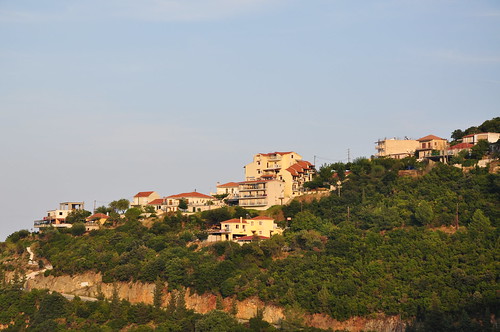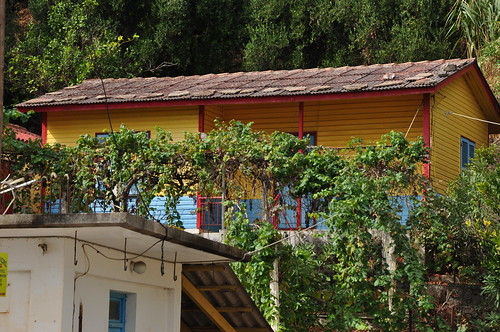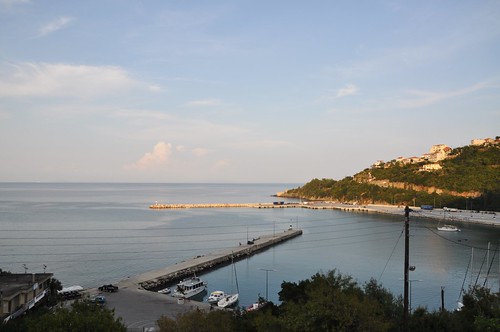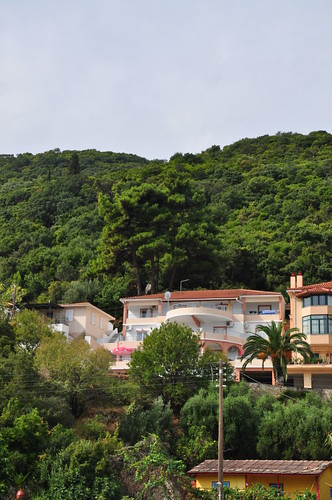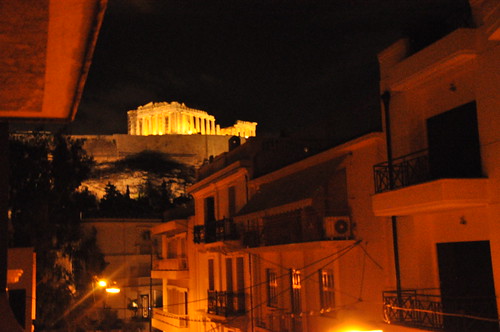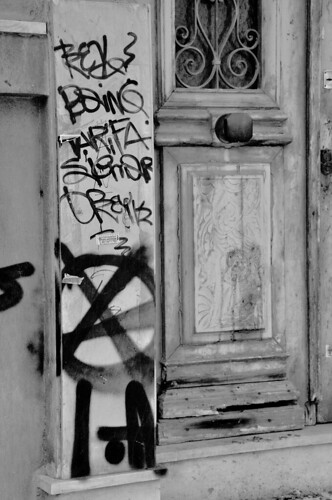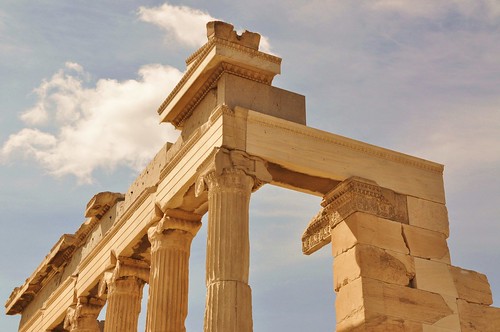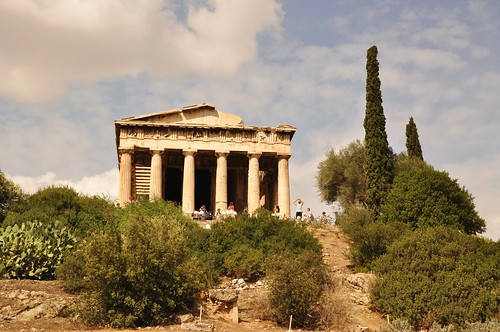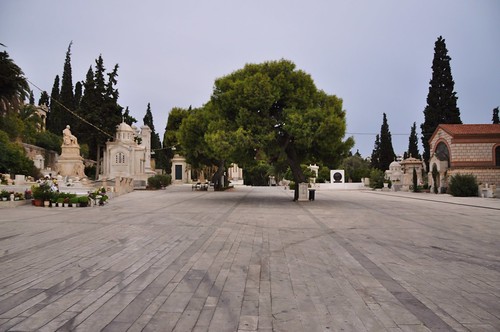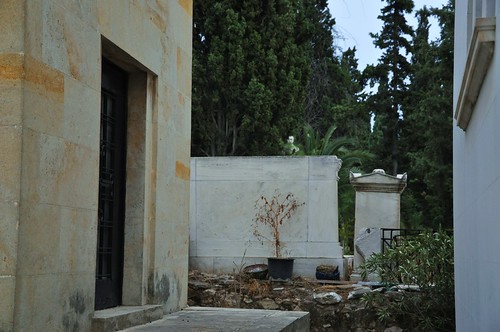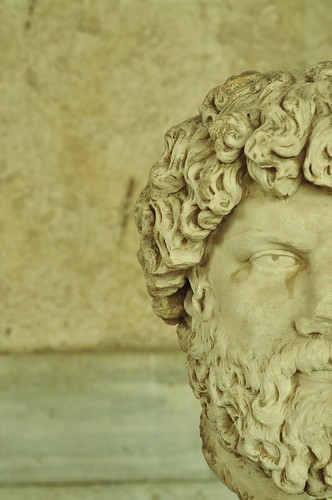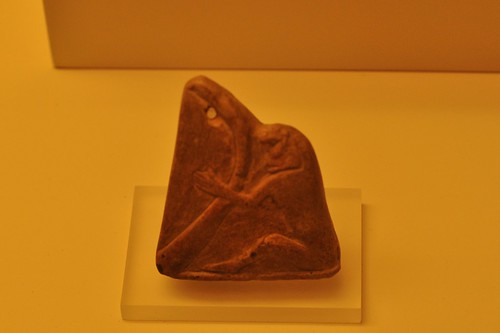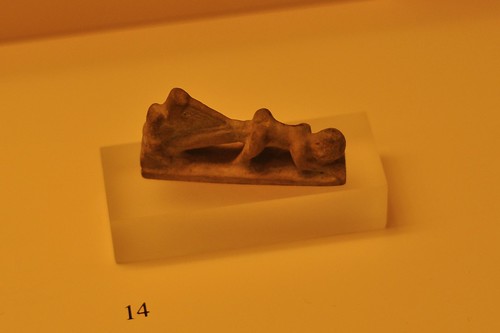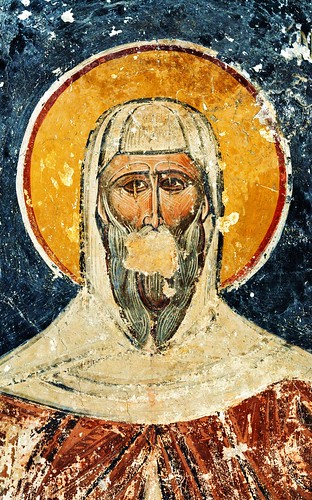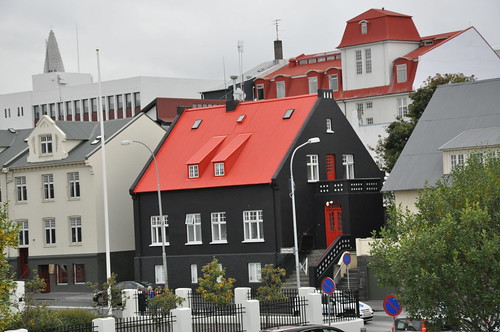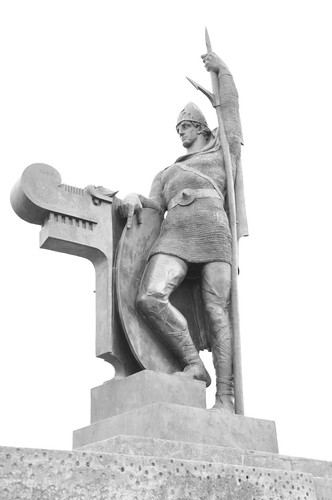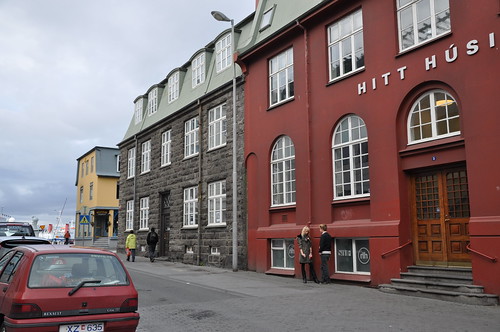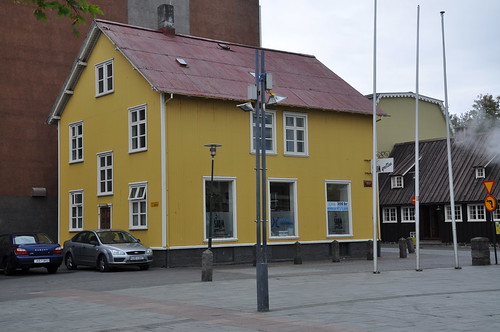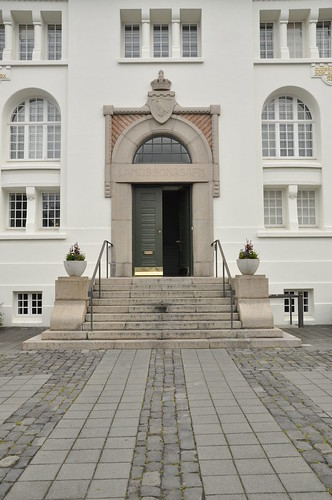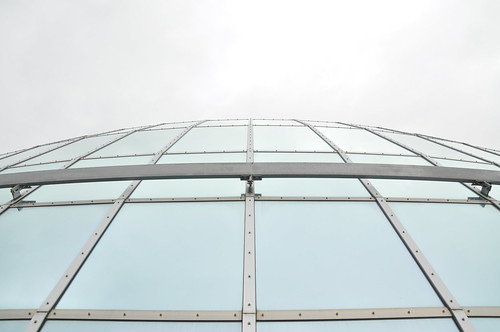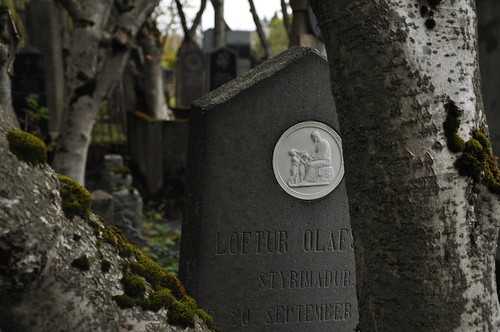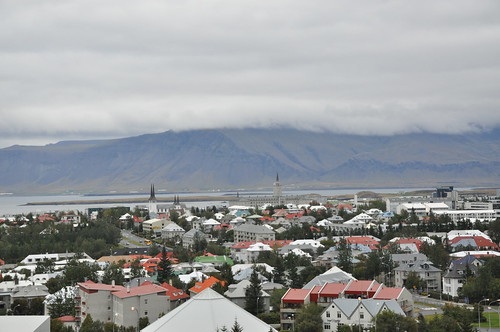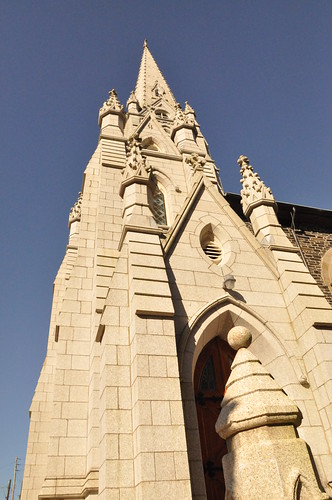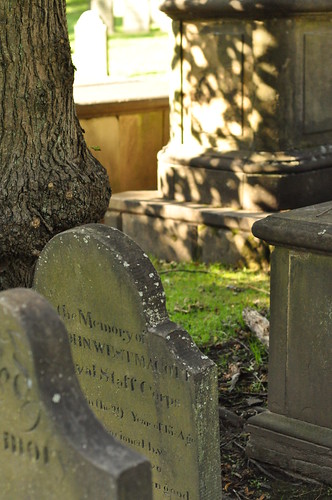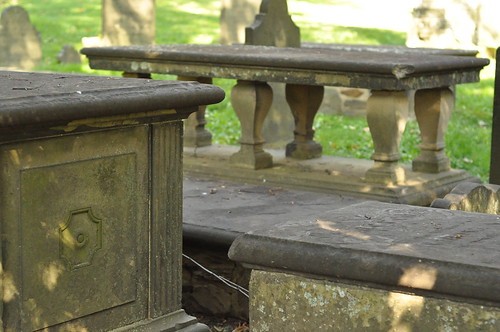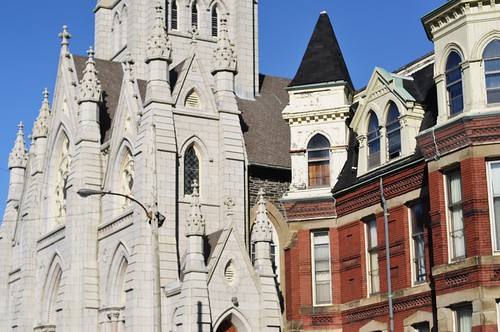
It feels to me that so much about Iceland is epic. Always on a grand scale, at one end of the spectrum or the other. Reykjavik isn’t just a city, it’s the northernmost capital in the world; it parties well beyond sunrise, when there is a sunrise and it isn’t just daylight all night long anyway. It’s not just a well educated population, but the most literate country in the world with the highest per capita printing of books and newspapers. I’ve heard shop workers switch easily between Icelandic to English to German all in one transaction; this level of lingual dexterity isn’t limited to academics or diplomats, but the general population. All this in a country of less than a million. And it goes the other way, too, does it not? It was the first country to suffer a complete banking crash in this our most recent economic verklemptitude (yes, I made up a word there).
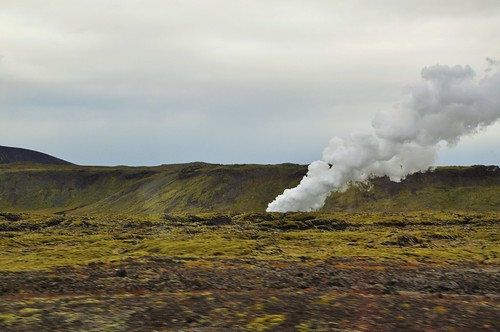
That is just the demographics (which are fascinating) and the people (who are lovely and kind, and endlessly fascinating themselves. For example, the woman that just passed me in the airport terminal that had somehow rigged up a Razor-style scooter to a luggage cart and is now navigating through the 6am crowds at a disturbing speed). As for the land itself –not just glaciers and mountains and deadened lava flow plains, but a glacier complex that covers the majority of the country. Volcanic cones and flattened tables of mountains jutting up in the middle of nowhere, unconnected to one another, looking as angular and foreboding as the mountains in Tolkien’s pen and ink maps of Middle Earth. Instead of forests, moss caps the black lava rock everywhere.
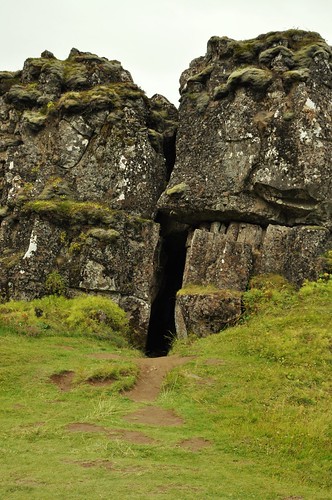
Þingvellir National Park, named for the allÞingvellir, the Parliament of Iceland that traces its origins to a meeting that took place at Lögberg (the Law Rock) in 930 AD where a bunch of Vikings decided to get their act together. There was no way for them to know, but the location of Lögberg is in the valley between the rift between the North American and European continental plates. The valley is constantly, imperceptibly widening, with new cracks and fissures like that of Lögberg forming and disappearing. allÞingvellir, where all things and two continents and all the people connect but are divided at, the lodestone and scattering point at once. This is not the first contradictory statement I have found myself making about Iceland. Looking at the scenery in Þingvellir and on the way to Geysir and Gullfoss, the best adjectives would be ‘alien’ and ‘blackened moonscape’, yet a dead volcano and an ancient lava flow are much more natural, much more ‘Terran’, if you will, than the hotel rooms and packaged foods that have been my norm for the past week.

While we were at Lögberg, two large and incredibly noisy ravens were circling the site. Undoubtedly they were Huginn and Muninn, Odin’s raven familiars, coming to check on the Law Rock. Just to see how things were going. (Psst to Vancouverites or future Vancouver visitors: the Maritime Museum on Kitsilano Beach has a dock you can go onto for free, and they have a replica Viking ship named the Munin moored there.)

Hint: read the placard, then take pictures. The lovely still pool seems less lovely when you learn about the women drowned in it as punishment or sacrifices, take your pick. The archaeologist aspect of me wants to know what they’ve pulled up from the water that led to these conclusions.

Geysir! The first place somebody saw one of these go off and then talked about it enough that it was retained in the history books. We did not see the original Geysir go off, but there were plenty of others doing their eruption thing in the general vicinity. I’ve heard stories about bison getting too close to the geysers in Yellowstone during the winter and falling in; makes me wonder how many wooly Icelandic sheep have become boiled mutton in these.
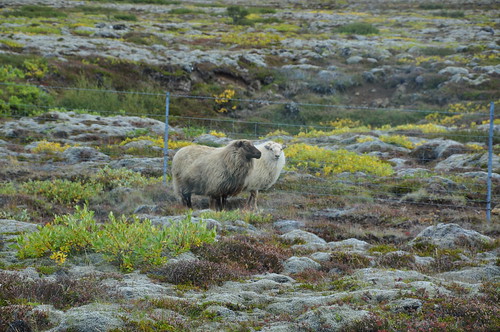
Because, you see, wooly Icelandic sheep and fuzzy Icelandic horses are freaking everywhere along the highway between Reykjavik and the Golden Circle. Almost every field we passed was full of either sheep or horses. Interesting fact: no horses come into Iceland, and once an Icelandic horse leaves, it cannot come back. Talk about healthy, closed off breeding pool. Like some of the people in Reykjavik, Icelandic horses are just that much prettier than every other horse ever. A lot of them have double mane, ie) manes on both sides of their necks, which results in impressive 80s rockstar hairstyles when the Icelandic wind starts blowing. No pictures of them because I got freaked out by stories of what mean, bitey things they can be. Also not pictured: the Viking motorcycle gang with horsehair pennants riding around Þingvellir. A+++ Epic Awesome.
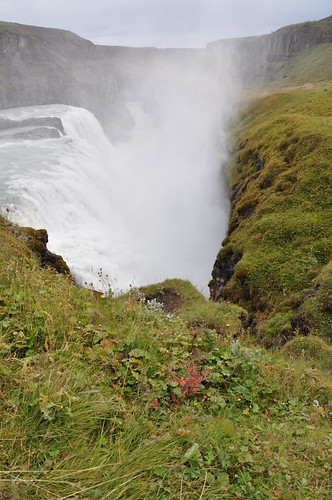

Gullfoss – literally Golden Falls. I would like to think these photos speak for themselves. Again with the epic, Iceland, you just keep it coming, don’t ya?
After this trek around the Golden Circle we ended up in the town of Keflavik for the night. My mom had a flight a day earlier than mine and Keflavik is right by the airport, about 40 minutes west of Reykjavik. Except when we got to the town, we couldn’t get to our hotel because all the streets were blocked off for what seemed to be a festival of lights. There were Christmas lights and candles set up in people’s windows, and you could hear the bandstand from the highway. So we parked our rental and wandered down to see what was going on. I think every person, baby, dog, grumpy teenager and blond elfin baby from Keflavik was out there, and a good chunk of Reykjavik as well. The streets were so packed I couldn’t even move my arms to take out my camera, except to take a picture of the White Tree of Gondor they had rigged up. It was like those travels stories you hear about where the backpacker stumbles across some festival and has an amazing time and it’s the best part of their trip and it was totally unplanned but amazing. Except that when you travel you never stumble across that sort of thing, you usually just come upon drunken German tourists or dirty toilets or whatever. But we managed to find the mythical secret festival of lights and fireworks and whatnot. Nicely done, Keflavik.
Aaaand Icelanders once again proved that when it comes to celebrations, the break of dawn is an arbitrary point in time that does not require settling down of any sort. The next morning, Sunday, my mom and I went to the Blue Lagoon just outside Keflavik before she left for Canada again. And there was a checkstop on the highway. At 10am on a Sunday morning. The best part was the number of cars actually pulled over and the number of people who either tried the ‘hair of the dog’ cure for the after effects of the fireworks party, or had simply drunk so much and late that they could not pass the breathalyser. At 10am on a Sunday morning.
The Blue Lagoon...is really, really strange. What happened was they built a geothermal power plant out on a lava field, and carved out a basin to dump the used thermal water into. Except it turned out a lovely milky blue colour and the salts and silica stuck to the bottom and basically formed something like a nice enamelled pool. So they built a spa and it’s apparently the most popular tourist spot in Iceland. Think about that. The most popular tourist venue in Iceland is completely unnatural, but rather a manmade dumping ground for power plant waste.
It was, all in all, a very nice bathing experience. Just surreal. It’s like someone designed a set for a James Bond movie taking place in a slightly post-apocalyptical Nordic spa. The water is an impossible milk blue and the lava rocks that crowd in on it are pitch black in comparison, out of which rises the squat spa facilities. Lots of obscenely beautiful people handing fat tourists towels and hairy pale bellies bobbing up out of the steam. And over all this, the power plant looms. Very strange place indeed.
So that’s the end of Iceland for me – it’s on to Athens through Amsterdam. I have to switch the wonderful (in my view) weather in Iceland for whatever ungodly heat is torturing the Greek mainland right now. After all my lovely pictures, after praising the country and the people and being in awe of its contradictions and epic scale, I have to say my favourite thing about Iceland is that it is always sweater weather.
